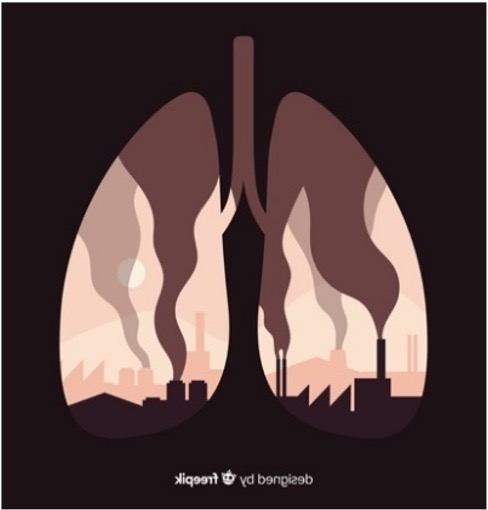1. What does the graph show? What factors could cause the small peaks and troughs in the graph within the day, week or month?
The graph shows the so-called air quality index (AQI). The more polluted the air, the higher the number.
A high air temperature, together with intense solar radiation, favors the formation of ozone near the ground. So there typically is more O3 at noon than at night and more in summer than in winter.
Particulate matter is produced by cars, among other things. Fluctuations during the week can be caused by people not driving to work on the weekend. Wood heaters and open fireplaces also contribute to particulate pollution, so in places where they are the main cause, pollution may be higher in winter. Fireworks generate a lot of particulate matter, so there is a big increase on New Year's Eve.
2. Compare air pollutants’ levels with those found around the airports, motorways and industry zones. Are they lower or higher than at your home or school’s locations?
Aircraft and cars with diesel and gasoline engines generate fine particulate matter, nitrogen oxide and ozone, which is why the air quality around airports and motorways is typically worse than elsewhere.
Many industrial processes also pollute the air. It depends, of course, on exactly which industry is involved.
The three most important emission sources are, in this order, transport, power plants and industrial processes.
3. What can be done to improve air quality?
- Shutdown of coal-fired power plants
- fewer cars, trucks, airplanes, ships or new types of drives (e.g. electromobility)
- Reduction of energy consumption and consumption of industrial goods
- Exhaust gas filters in industry, vehicles and fireplaces
- No burning of biomass in fields (slash-and-burn agriculture) and forests (slash-and-burn agriculture)
- No fireworks
4. Investigate the effects of air pollutants on human health.
Air pollution is the largest environmental cause of disease and premature death and affects all people, starting from the fetus in the womb to the elderly. It can cause heart disease, lung cancer and other damages to the lung, damage to people's nerves, brain, kidneys, liver, and other organs. Some scientists suspect air pollutants cause birth defects.



